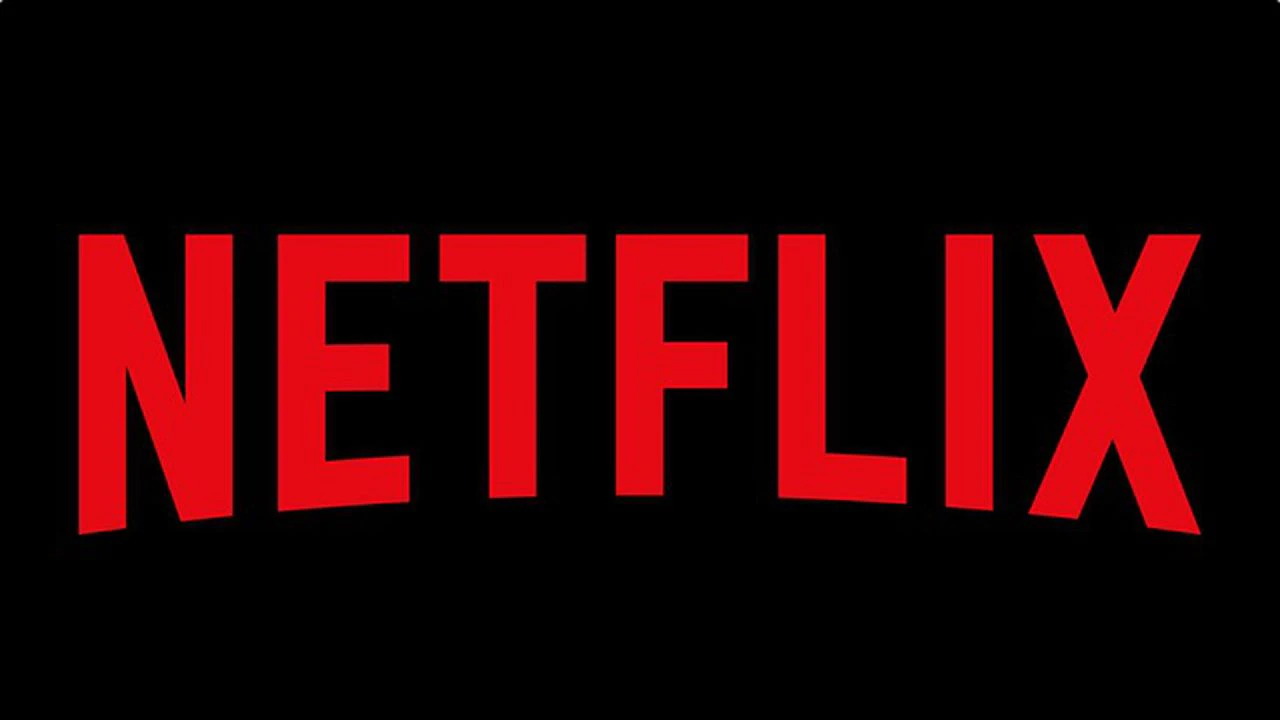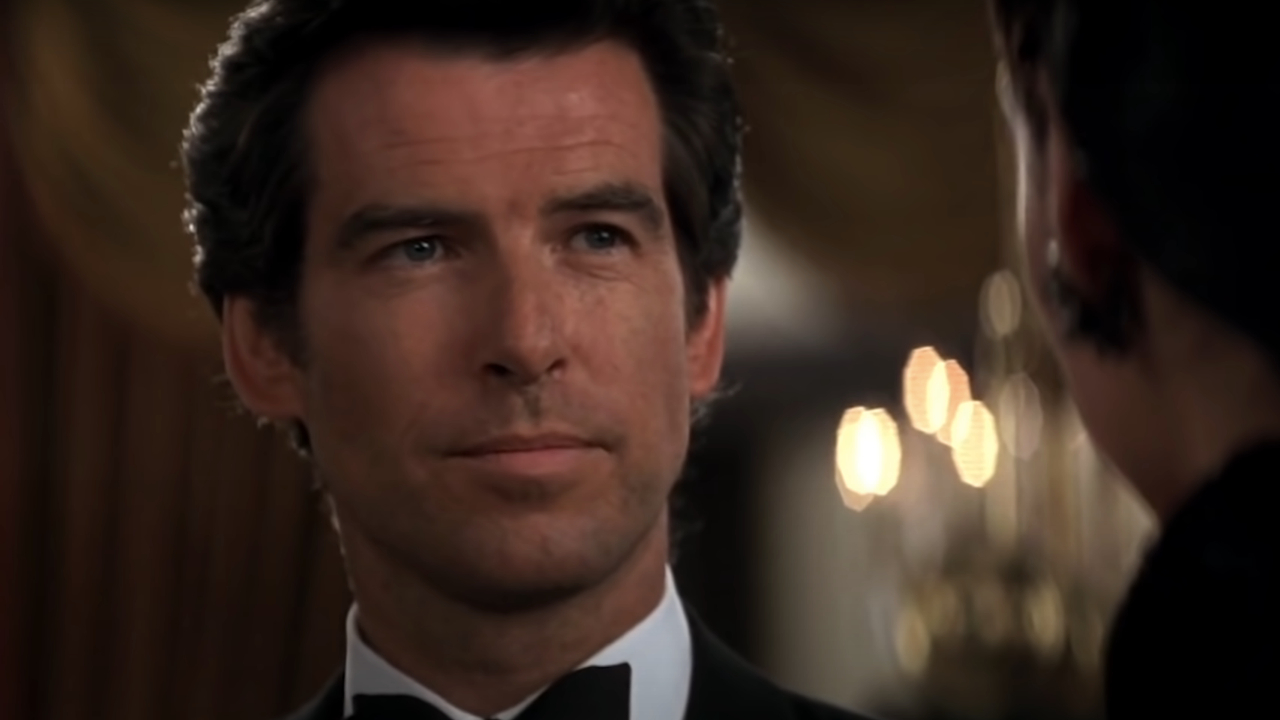Netflix Was Supposed To Add 2 Millions Of New Subscribers. Instead, For The First Time In Over 10 Years, It Lost Them
More bad news on the horizon?

One of the concerns, when a business experiences significant growth over a long period of time, is that eventually the numbers will begin to plateau as you satisfy the market, and then even decline the moment consumers discover the competition. This appears to be the reality facing Netflix, a company synonymous with the concept of streaming, as the numbers now being reported for Q1 and Q2 of the fiscal year reflect a loss in subscribers, with potentially more bad news on the horizon.
In a letter sent to shareholders, Netflix cited “the large number of households sharing accounts” as well as inflated numbers due to the COVID boost in streaming interest as reasons for a reported 200,000 subscribers walking away from the service. Netflix reports that streaming continues to beat linear TV with regards to its original offerings and the immediate accessibility of classic films and television shows in the company’s library. Just ask Halle Berry, who celebrated the sudden interest in one of her old movies with an amusing tweet. But factors appear to be creating what Netflix refer to as “revenue growth headwinds.” How long it lasts remains up in the air.
Four factors are singled out in the shareholders letter. Competition from popular streaming services such as Amazon, YouTube and Hulu are mentioned, as is the belief that of its 222 million subscribers, an additional 100 million are accessing the service through someone else’s login information. The third obstacle facing Netflix is the sluggish global economy, which is affecting every company, regardless of field. Finally, Netflix cites “factors we don’t directly control,” including the lack of technology in a potential consumer’s home to be able to access Netflix, or the cost of data facing individuals.
This isn’t the first time that Netflix encountered choppy waters in the streaming ocean. The last time that the company reported a loss in subscribers, according to Vox, was back in 2011. At that time, Netflix attempted a rate increase because they were expanding their services to platforms like Xbox and Wii, but also were bungling the DVD mailing service, which led to a loss of consumer confidence.
Netflix has a plan for increasing revenue. One such plan involves Netflix offering a lower-priced subscription entry point, though that plan would include ads that disrupt programming. This would give consumers access to original programming on Netflix like Bridgerton or Stranger Things, so long as you have the patience to endure ads. Additionally, Netflix plans to build on the successes that it’s finding in original programming, citing the viewing numbers on the company’s collaborations with Shonda Rhimes, and the Oscar attention the company received for the Leonardo DiCaprio and Jennifer Lawrence vehicle Don’t Look Up. Ignore the fact that most critics hated the movie.
Netflix appears built to sustain the ebb and flow of the streaming wars. They might be down now, but the slate of exciting upcoming Netflix movies could generate real interest in subscriptions. And one show breaking into the zeitgeist, like an Inventing Anna starring Ozark’s Julia Garner or Outer Banks, to get newcomers flocking to the service. Here’s all the information that you need regarding Netflix subscription plans, if you don’t yet belong to the community and feel like you want to join.
CINEMABLEND NEWSLETTER
Your Daily Blend of Entertainment News

Sean O’Connell is a journalist and CinemaBlend’s Managing Editor. Having been with the site since 2011, Sean interviewed myriad directors, actors and producers, and created ReelBlend, which he proudly cohosts with Jake Hamilton and Kevin McCarthy. And he's the author of RELEASE THE SNYDER CUT, the Spider-Man history book WITH GREAT POWER, and an upcoming book about Bruce Willis.









